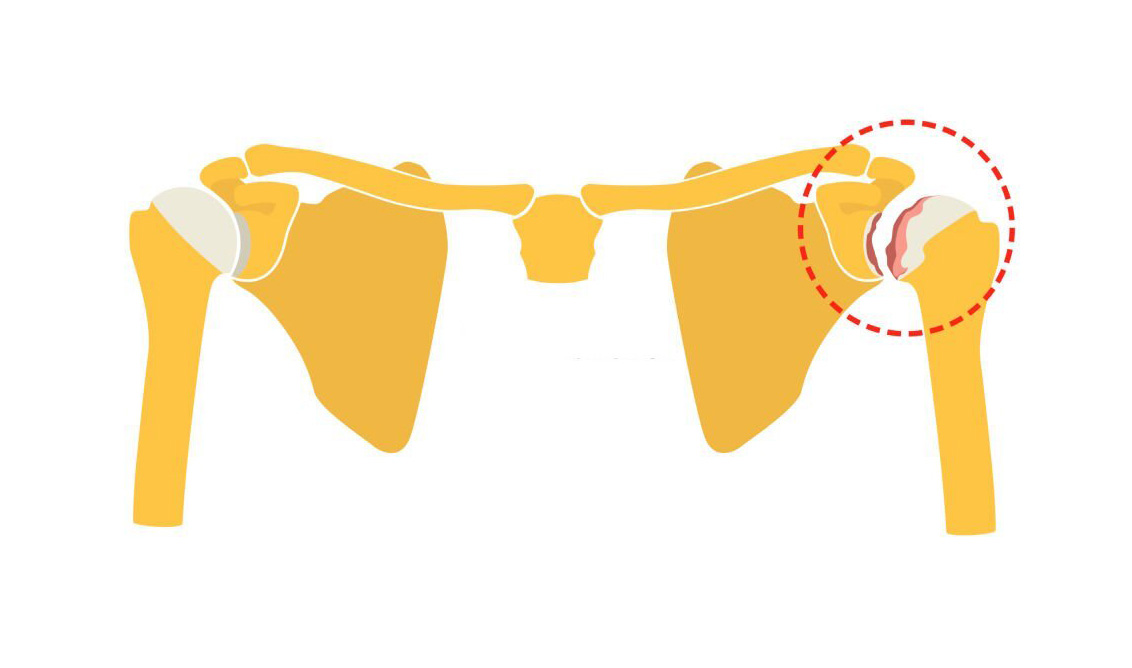Shoulder arthritis and injuries – Symptoms, treatment and surgical procedures

Shoulder arthritis is a common form of joint pain that affects millions of people each year. It is typically caused by wear and tear of the cartilage in the shoulder joint, which can be exacerbated by poor posture, repetitive movements, and overuse.

Symptoms of shoulder arthritis include pain, stiffness, and a decreased range of motion. The pain can be mild or severe, ranging from a dull ache to sharp stabbing sensations. In advanced arthritis, the pain can be so severe that it interferes with everyday activities such as changing clothes, lifting objects, brushing teeth, and even sleeping.
Treatment for shoulder arthritis usually involves a combination of physical therapy, medications, and lifestyle changes. Physical therapy can help with range of motion and strength, while pain medications can help reduce the pain intensity. Lifestyle changes such as avoiding activities that involve repetitive motions and modifying how certain activities are done can also help reduce pain and improve symptoms. If these measures fails to relieve pain and improve stiffness, then early medical help should be sought as surgery may be indicated.
Reverse shoulder arthroplasty is a surgical procedure used to treat shoulder pain and stiffness caused by arthritis or major shoulder injuries. During this procedure, an artificial joint is used to replace the damaged portion of the shoulder joint. This new artificial joint has been developed specifically to reduce pain and discomfort caused by arthritis or injury, and improve mobility of the shoulder.
Unlike a traditional shoulder arthroplasty, a reverse shoulder arthroplasty is performed by reversing the ball and socket of the shoulder joint. The ball of the joint is replaced with a metal stem and plastic socket that is fixed into the upper arm bone, and the socket of the shoulder joint is replaced with a metal ball that is attached onto the shoulder blade.
In addition to making it easier for the patient to move the arm, the new configuration of the reverse shoulder replacement can also reduce the strain that is exerted on the muscles and tendons around the shoulder joint. By doing this, it’s easier for you to move your shoulder around, performing everyday tasks such as reaching above your head or lifting light objects. Furthermore, it also relieves the strain on the rotator cuff, which can reduce the pain associated with it and enhance the stability of a shoulder.
In addition to reducing pain in the shoulder, reverse shoulder arthroplasty can also improve the mobility of the shoulder. As a result, the patient will be able to perform activities and motions that they may not have been able to do before the surgery as they may have found it difficult or painful.
Overall, reverse shoulder arthroplasty is a beneficial surgery that can provide significant relief to those who suffer from shoulder pain and stiffness because of shoulder arthritis or serious shoulder injuries. There is a relatively low risk involved in the procedure, and the results are usually long lasting as well. The recovery period is around three months. Many patients find that this treatment option is very effective at improving shoulder range of motion, and providing pain relief, resulting in significant improvements in their quality of life.

